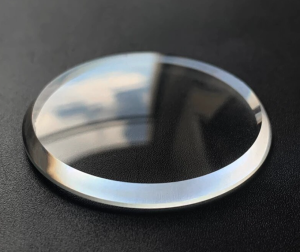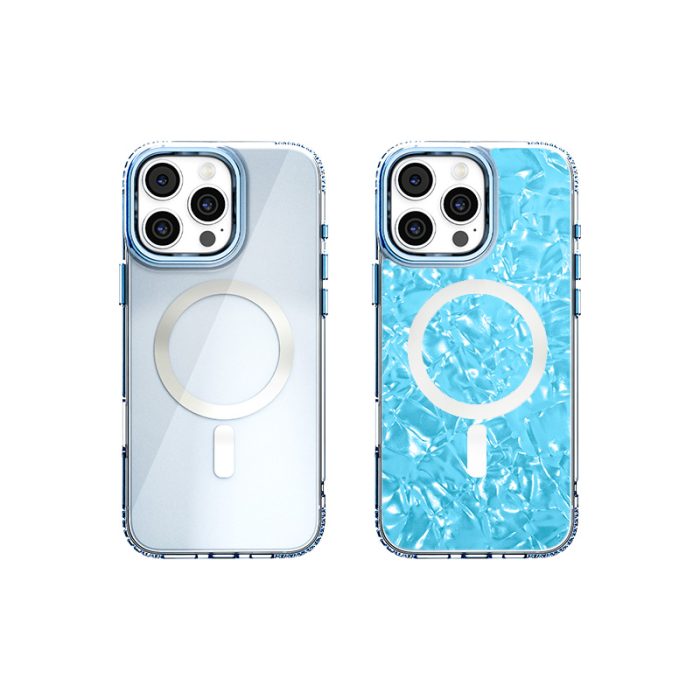目录
ToggleWhen it comes to choosing the perfect crystal for your watch, durability is paramount. The watch glass you opt for bears the brunt of daily wear and tear. In today’s industry, there are three primary types of watch glass commonly used in wristwatches: sapphire crystal glass, mineral glass, and plastic acrylic. Our focus is on the sapphire watch glass. Is it worth the extra cost?
 What is a Sapphire Watch Glass?
What is a Sapphire Watch Glass?
It is a synthetic sapphire that is highly transparent, brilliant, and very sturdy in structure. Its uniqueness is linked to its excellent resistance to scratches. That is why a sapphire watch glass has a high price which is even higher with an increase in diameter. Ideally, a sapphire crystal “glass” is not a real glass but a transparent crystalline. It is of technical ceramic of pure aluminum oxide. It is entirely colorless as there is no natural contamination during production.
The Sapphire watch glass is a synthetic material renowned for its exceptional clarity, brilliance, and robust structure. Its standout feature lies in its remarkable resistance to scratches, which justifies its premium price tag, especially for larger diameters. Interestingly, a sapphire crystal “glass” isn’t actually glass but a transparent crystalline substance composed of pure aluminum oxide technical ceramic. Its inherent colorlessness is attributed to the absence of natural impurities during the manufacturing process.
Sapphire is monocrystalline. Meaning it comprises one regularly structured hexagonal crystal, which is stable in its form, unlike mineral glasses that are supercooled liquid with a more irregular structure. Technically, sapphire glass lies in the corundum group boasting the second-highest hardness of Mohs Scale 9 after Diamond.
 How is sapphire crystal glass manufactured?
How is sapphire crystal glass manufactured?
The production process of sapphire watchglass involves a complex technical procedure. It begins with the creation of boules, which are then meticulously ground or cut using tools embedded with diamonds. This is necessitated by the extreme hardness of sapphire boules, requiring precision and specialized equipment throughout the manufacturing process. Domed sapphire glass is more expensive than others because the curvature has to be cut to the raw cylinder using diamond cutters. High gloss polish is achievable using a diamond-based grinding paste, which is also a time-consuming process.
Our collection of sapphire watch glasses boasts superior optical and mechanical attributes, ensuring top-notch quality. From double-curved to single-curved with engraved figures, we offer a diverse range of options to suit every preference. Additionally, our collection includes sapphire watch covers, further enhancing the elegance and durability of wristwatches. With these premium watch glasses, crafting sleek and sophisticated timepieces is effortlessly achievable.
Sapphire tends to have a high reflectance and refractive index. Comparing it to the mineral glass, its index is up to 20% higher. For everyday use, the reflections can be annoying on the wristwatches. These, however, can be reduced by adding optical coatings. By selecting our sapphire watch glass, you can choose between one with optical coating or AR( antireflective) coating.
For unrestricted views to occur, an anti-reflective coating has to be used on both sides of the glass. The coating tends to be beneficial, especially if coated on both sides of the glass. AR coating also guarantees a high visual quality of the wristwatch. This is because a coated sapphire glass will show the topaz blue shimmer.
In Summary
sapphire watch glasses stand out for their remarkable durability, clarity, and resistance to scratches, making them a premium choice for timepiece enthusiasts. Manufactured through a complex process involving diamond tools and meticulous craftsmanship, these synthetic sapphire crystals offer superior optical and mechanical properties. Elevate your wristwatch with sapphire watch glasses and enjoy the perfect blend of elegance and durability for your timepiece.
0







